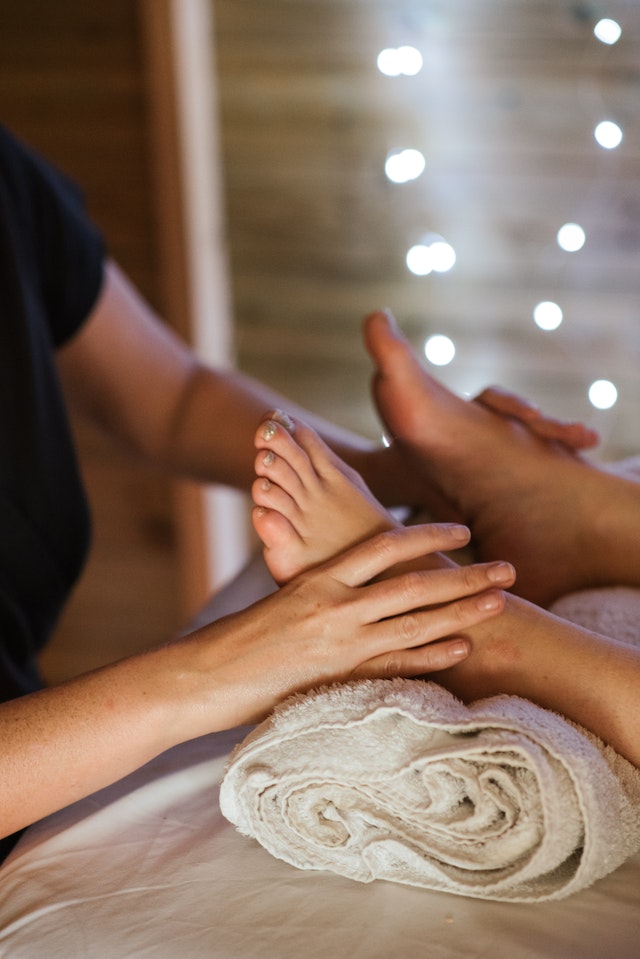Exploring the history of reflexology and its origins
Discover the intriguing history and origins of reflexology, from ancient practices to modern techniques, and learn how this holistic healing approach can benefit your overall health and well-being.
Introduction
Have you ever experienced the relaxing sensation of a foot massage? Did you know that this simple practice has a long and fascinating history dating back to ancient times? Reflexology is a holistic healing approach that involves applying pressure to specific areas of the feet, hands, and ears to stimulate the body’s natural healing processes. This practice is based on the belief that these areas correspond to different organs and systems in the body, and by massaging them, we can promote balance and harmony throughout the body.
In this article, we will explore the history and origins of reflexology, from its early beginnings to modern-day techniques. We’ll delve into the cultural, religious, and scientific influences that have shaped this practice over time, and examine the benefits and effectiveness of reflexology in promoting overall health and wellness.

The Early Roots of Reflexology
The practice of reflexology can be traced back to ancient China, India, and Egypt, where healers used pressure and massage techniques to promote healing and alleviate pain. In China, it is believed that reflexology was first used over 5000 years ago, as part of the practice of traditional Chinese medicine (TCM). According to TCM, the body has a network of meridians or energy channels that run throughout the body, and by stimulating specific points along these channels, we can restore balance and harmony to the body.
In India, reflexology was also part of the Ayurvedic tradition, which dates back over 5000 years. Ayurvedic medicine is a holistic approach that focuses on balancing the mind, body, and spirit to promote health and well-being. Reflexology was used as a complementary therapy to other Ayurvedic treatments, such as herbal remedies, yoga, and meditation.
In ancient Egypt, reflexology was depicted in hieroglyphics found in tombs and temples, dating back to 2330 BC. It was believed that the feet and hands contained a map of the entire body, and that by massaging these areas, one could promote healing and balance in corresponding organs and systems.
The Evolution of Reflexology
Throughout history, reflexology has evolved and adapted to different cultures, religions, and scientific theories. In the 16th century, the Swiss physician Paracelsus introduced the concept of zone therapy, which divided the body into 10 zones or energy channels, each corresponding to different organs and systems. He believed that by applying pressure to specific points within these zones, one could alleviate pain and promote healing.
In the early 20th century, an American physician named Dr. William Fitzgerald developed the concept of zone therapy further, by dividing the body into vertical zones that corresponded to the spine. He developed a system of pressure points on the hands and feet that could be used to relieve pain and promote healing in specific zones.
In the 1930s, a physiotherapist named Eunice Ingham refined Fitzgerald’s work and developed the modern system of reflexology that we use today. She mapped out the reflex points on the feet and hands, and developed specific techniques for applying pressure to these points to promote healing and balance in corresponding organs and systems.
The Science of Reflexology
Although reflexology is rooted in ancient traditions and holistic approaches, it has also gained recognition in the scientific community for its effectiveness in promoting health and well-being. Studies have shown that reflexology can help alleviate a range of conditions, including anxiety, depression, headaches, and chronic pain.
